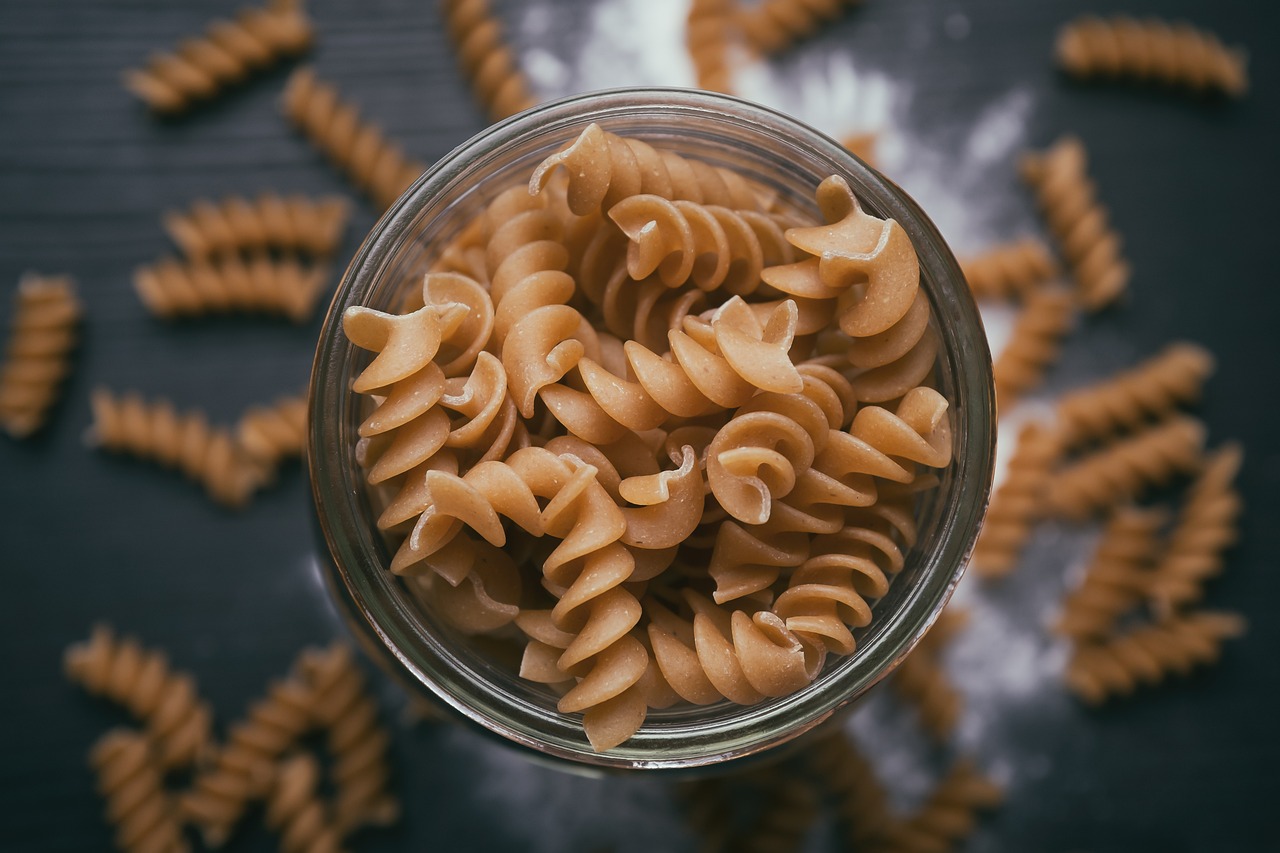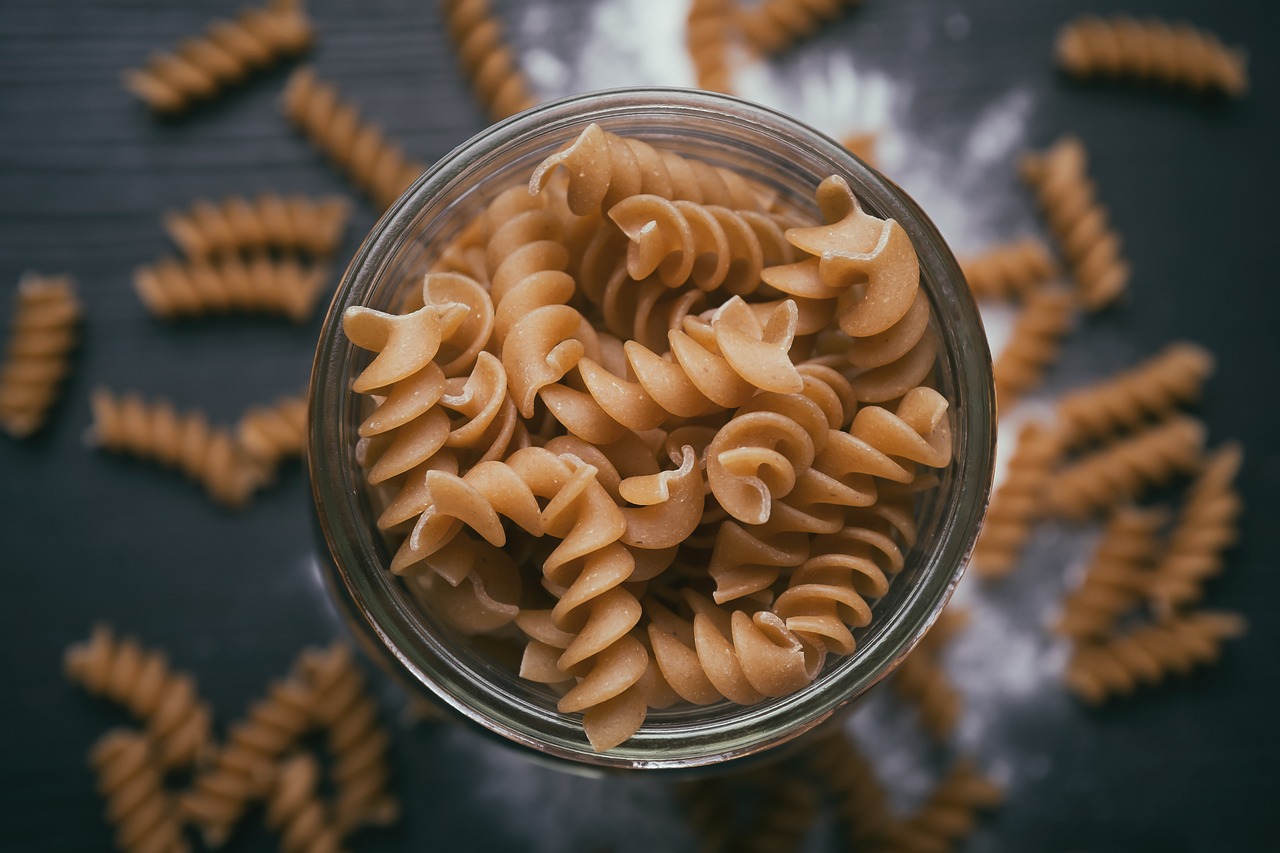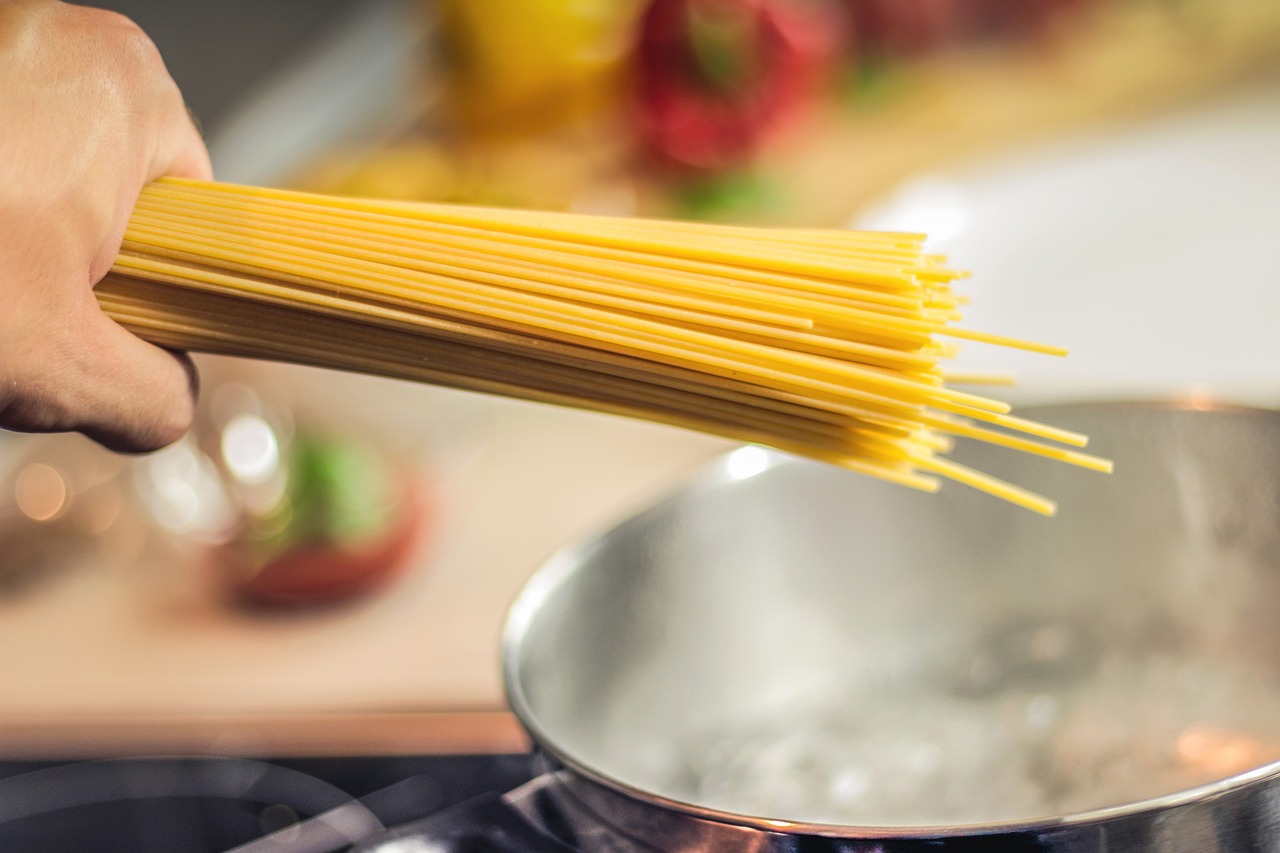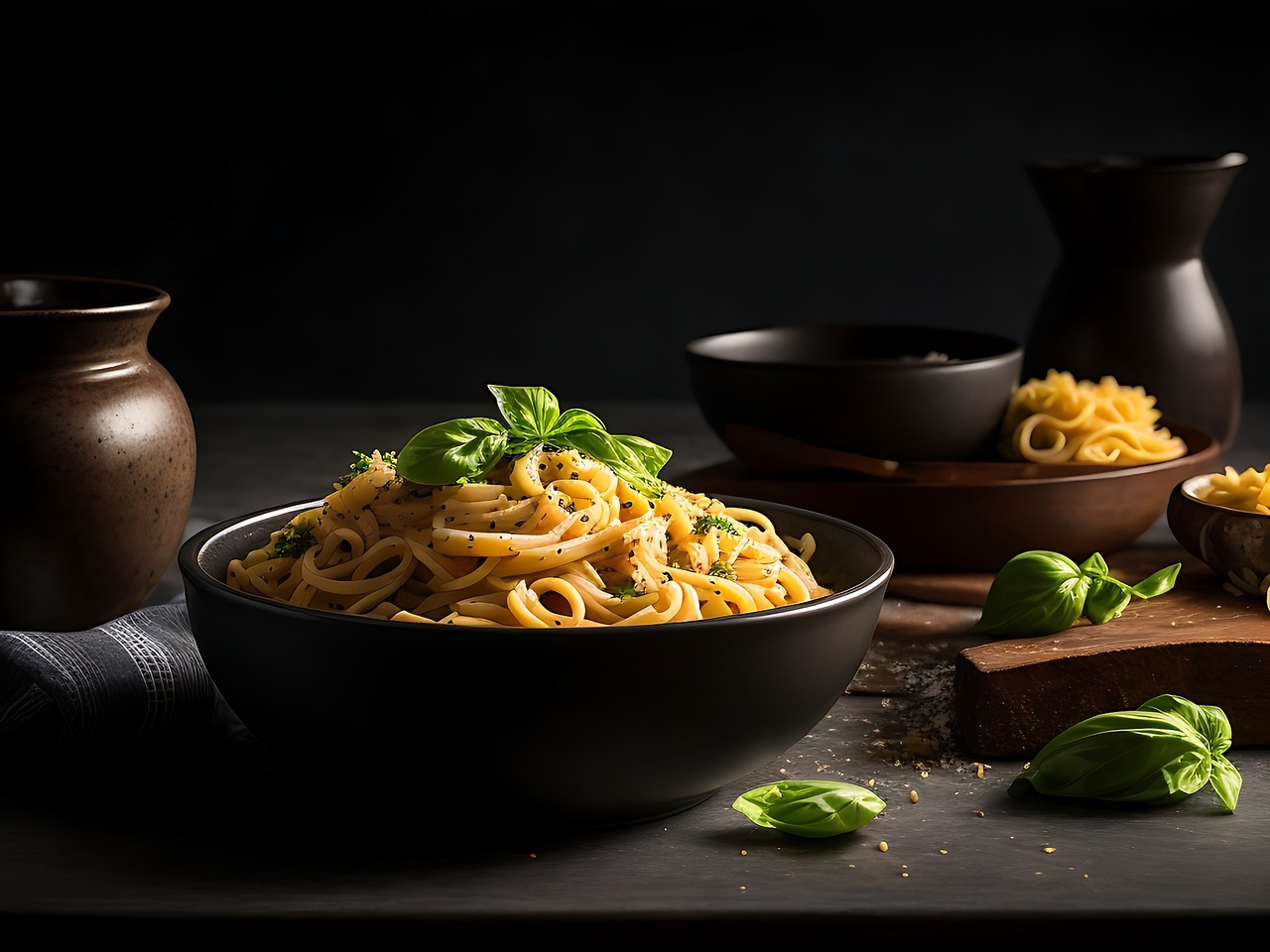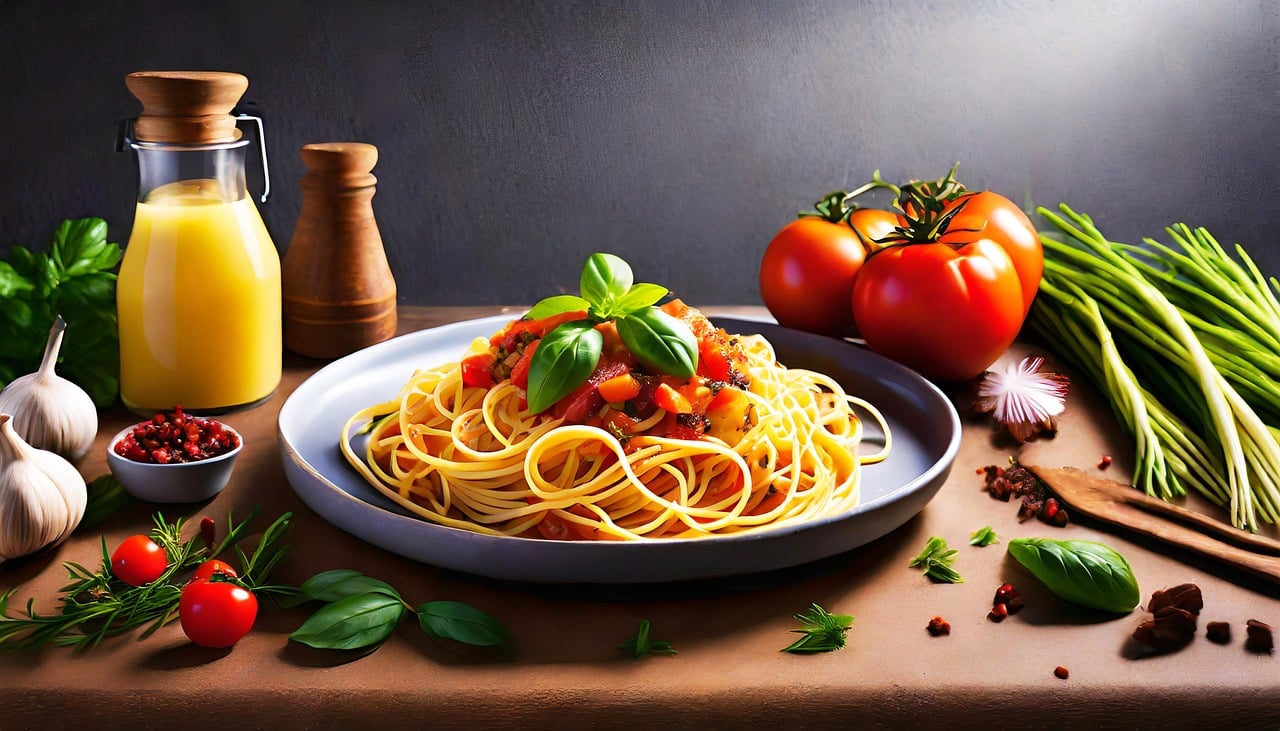Italy is the world leader in pasta production, export and consumption.
Italy is the absolute global protagonist in the pasta industry, 1 out of 4 pasta dishes is tricolor and reaches 3 out of 4 in Europe, despite the fact that domestic production of durum wheat does not exceed 4 percent of wheat, while the remaining share is covered by soft wheat used for baked goods.
With 3.7 million tons, Italy ranks first in world pasta production, accounting for 22.3 percent of total production, according to an analysis conducted by Area Studi Mediobanca. Second on the podium with 2 million tons are Turkey and the United States.
Italy is also the leading exporter of pasta with 2.1 million tons worth 43 percent of the total, ahead of Turkey with 1.3 million tons. Exports more than tripled in 25 years: we are talking about +210%, accounting for just under 62% of production. There is a 6.4 percent increase in the number of recipient countries, amounting to about 200, but Germany, the United Kingdom, France, the United States and Japan are confirmed as the main interlocutors. Excellent performance is also found among emerging markets, led by Saudi Arabia with +51%, followed by Poland with +25% and Canada +20%.
Almost a quarter of national exports are covered by the Campania region alone.
Another absolute record of the boot is given by the annual per capita consumption of pasta: 23 kg , of which 19.8 kg is dry pasta and 3.4 kg fresh pasta. In second place is Tunisia with 17 kg, followed by Venezuela with 15 kg and Greece with 12.2 kg.
Italian leadership depends mainly on the production of durum wheat, the symbol of tricolor agriculture, which is close to 3.8 million tons, or 12 percent of world production. Behind Canada, with 15 percent of the total, despite a significant drop in production, and Turkey with 4.3 million tons, and a record export of 1.7, 8 times higher than the previous year, now halted to protect the domestic market. The region where wheat production is most concentrated is Puglia, with 23.2 percent of the national total.
Despite being the main national crop by area, just under 1.3 million hectares, Italy is not self-sufficient: it therefore turns for supply mainly to the Canadian, French and Greek markets, which together satisfy two-thirds of our imports. With 6.4 percent of the world total, or 1.9 million tons, Italy is the fourth largest importer of durum wheat.
Pasta Regions
Campania is the leading pasta export region, accounting for 24.4 percent of total national exports. This is where 19 percent of the country’s total production is concentrated, with 13 percent of Italian pasta makers. In second place is Emilia-Romagna with 20.4 percent of total exports and 18 percent of Italian pasta production, with 8 percent of domestic pasta factories.
Sicily, despite hosting the largest number of mills in Italy 36 percent), attests its pasta production to only 7 percent, while exports reach just 0.4 percent. It should also be noted that Puglia is the leading region in durum wheat production with 23.2 percent of the national total.
Moreover, Italy seems to be divided into two parts according to the type of pasta produced. In fact, while nearly 60 percent of dry pasta production sites are located in the Center and South of the country, more than 90 percent of fresh pasta sites are concentrated in the Northeast and Northwest.
About 95 percent of Italy’s production is dry pasta versus 5 percent of fresh pasta.
Pasta prices
Approximately three-quarters of sales go through large-scale retail trade (GDO), where private label products account for 35 percent of the total, allowing savings of 25 percent on fresh pasta and 15 percent on dry pasta. However, in 2022, rising inflation also affected this sector, with an average consumer price increase of 17.4 percent, almost double, +9.3 percent, compared to the entire food sector.
In the first quarter of 2023, the average price of pasta in the large-scale retail trade is as follows, according to elaborations by Mediobanca Research Area on Nielsen IQ data:
2.6 euros/kg (5.28 euros/kg for fresh pasta and 1.97 euros/kg for dry pasta)
1.75 euros/kg for semolina pasta
2.53 euros/kg for whole wheat, spelt, kamut and legume-based pasta
2.90 euros/kg for cous cous
3.38 euros/kg for gnocchi
5.46 euros/kg for gluten-free pasta


